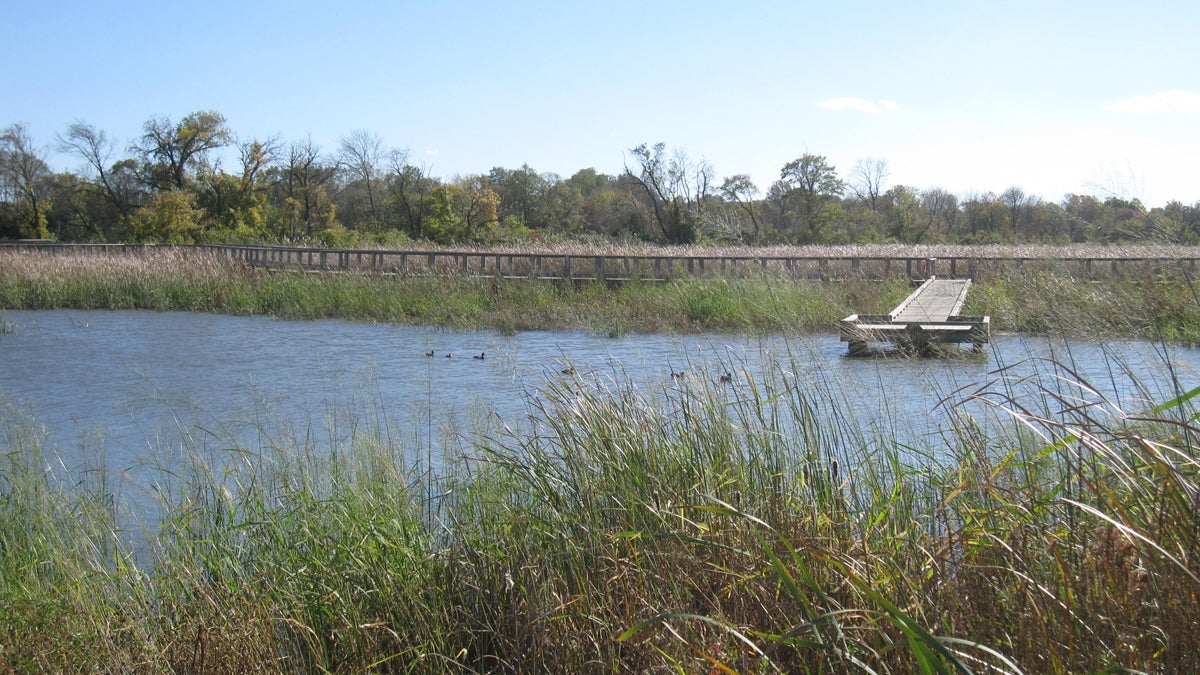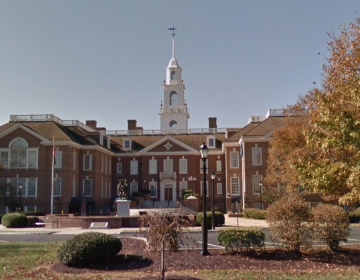Water toxin testing starting in Christina River basin

The Russell Peterson Urban Wildlife Refuge sits along the Christina River in Delaware. Testing for toxins will begin in the Christina River basin Monday. (AP file photo)
Delaware environmental officials will start three weeks of testing Monday in the Christina River basin looking for toxic substances from places such as industrial and brownfield sites.
Officials will be sampling water, fish tissue and sediment in five major rivers and their tributaries in Newcastle County.
Todd Keyser, a hydrologist for the Delaware Department of Natural Resources and Environmental Control’s Division of Waste and Hazardous Substances, said they are looking for toxins including PCBs, mercury and certain pesticides at 65 different sites.
“But we’re not just sampling using regular methods, we are sampling using high-resolution, forensic grade analysis in order to be able to fingerprint exactly where a toxic contaminant is from.”
Using the same testing approach, pollutants in a Dover-area river were traced to an old gas production facility and remediation efforts are now being planned.
The ultimate goal of the five-year project is to make Delaware’s federally listed waterways clean enough to fish in as quickly as possible.
The Christina River basin is the seventh and largest basin tested in this state program since 2011.
Keyser says this watershed-wide testing approach aims to establish a baseline of water quality and identify toxic hotspots, a more proactive approach than simply testing water downstream from a known contaminator or responding to resident concerns about an individual waterway.
Ron MacGillivray, environmental toxicologist with the Delaware River Basin Commission, said the scope of this project is unique in the basin in both its size and the breadth of contaminants being monitored.
“Many times these assessments are done site by site, and the influences from different sites are difficult to assess,” MacGillivray said. “So by doing it on a watershed basis and collecting information broadly, it’s an important component of this project.”
The DRBC is doing ambient toxicity testing in some waterways that DNREC is testing, bringing that water back to the lab and seeing how fish and algae grow and reproduce after exposure.
WHYY is your source for fact-based, in-depth journalism and information. As a nonprofit organization, we rely on financial support from readers like you. Please give today.




